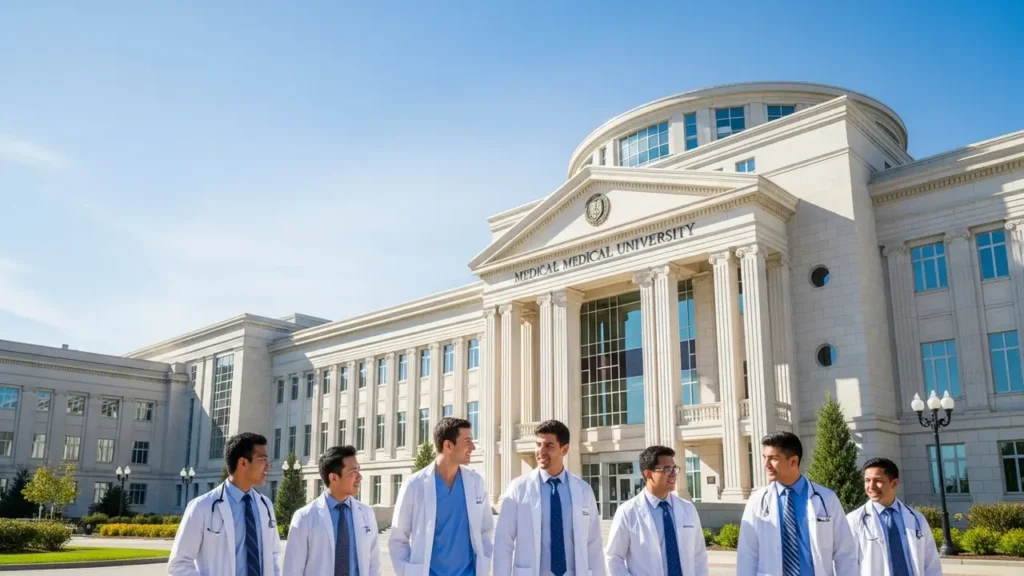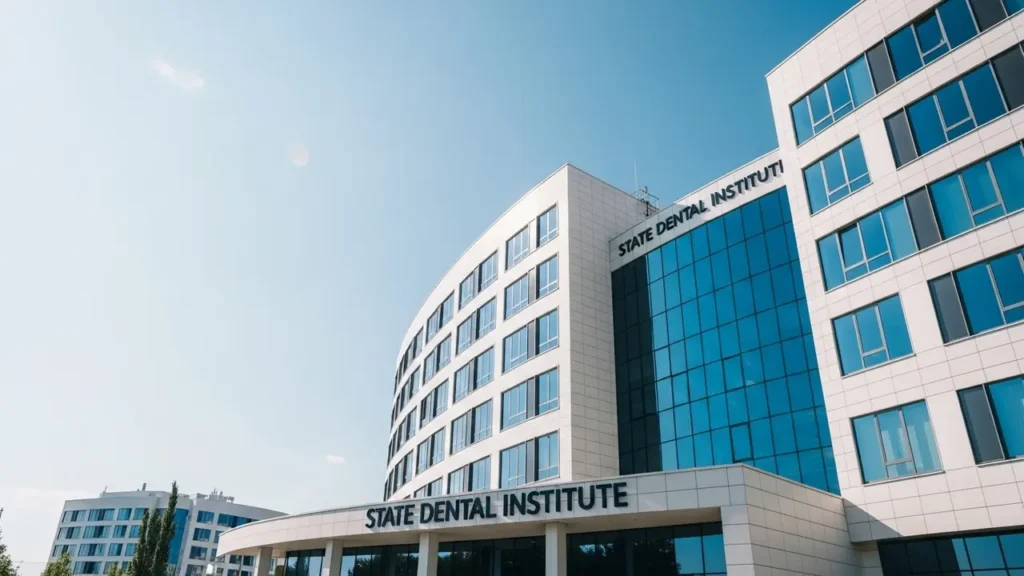Hidden Medical Fees in Russia: What Future Doctors Need to Know (2025 Update)
Let’s cut to the chase: nobody wants financial surprises when chasing their dream career. I’ve talked to six pre-med students this month alone who got burned by unexpected costs during their Russian medical training. One friend almost dropped out after owing ₽400,000 in unplanned lab fees – and that was after tuition.
Here’s what most admissions sites won’t tell you:
- Clinical rotation charges that double between Year 2 and Year 3
- “Mandatory” equipment kits costing ₽85,000+
- Residency application fees with sneaky third-party processing costs
Think of Russian medical fees like nesting dolls – there’s always another layer. That ₽620,000 annual tuition? Just the biggest piece. The real budget-killers hide in:
1. Accreditation Charges: Every practical exam requires separate payments for facility use, examiner fees, and paperwork processing. These average ₽12,000-₽18,000 per attempt.
2. Clinical Attachments: Want hands-on experience? Hospitals charge ₽7,500 daily for supervised shifts. A 6-week rotation = ₽225,000 out of pocket.
3. Mandatory Subscriptions: All students must pay for:
- National Medical Library access (₽33,000/year)
- Clinical simulation software (₽19,500/semester)
- Malpractice insurance (₽48,000 annually)
Here’s my advice after helping 40+ students navigate this: demand a line-item cost breakdown before accepting any offer. The University of XYZ Medical School now provides this upfront – others should follow.
Still unsure? Grab last year’s itemized bill from current students. Most will happily share – they wish they’d done the same research. Your future self will thank you when you’re not eating instant noodles through residency.






